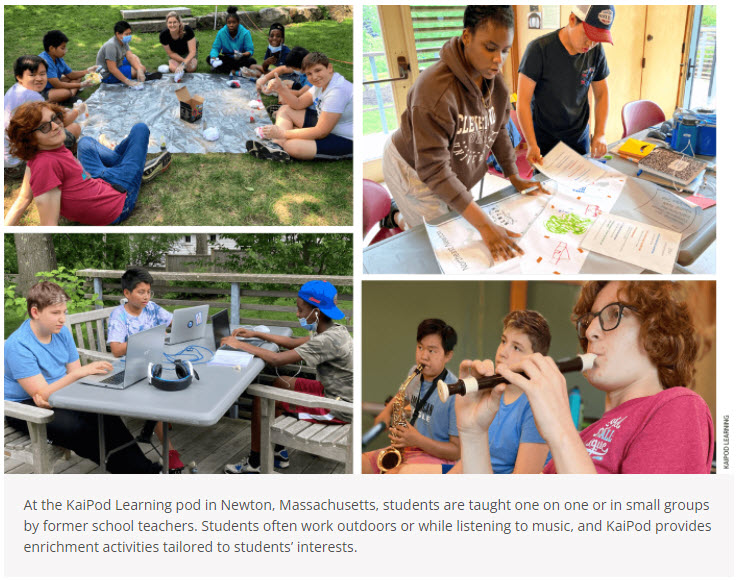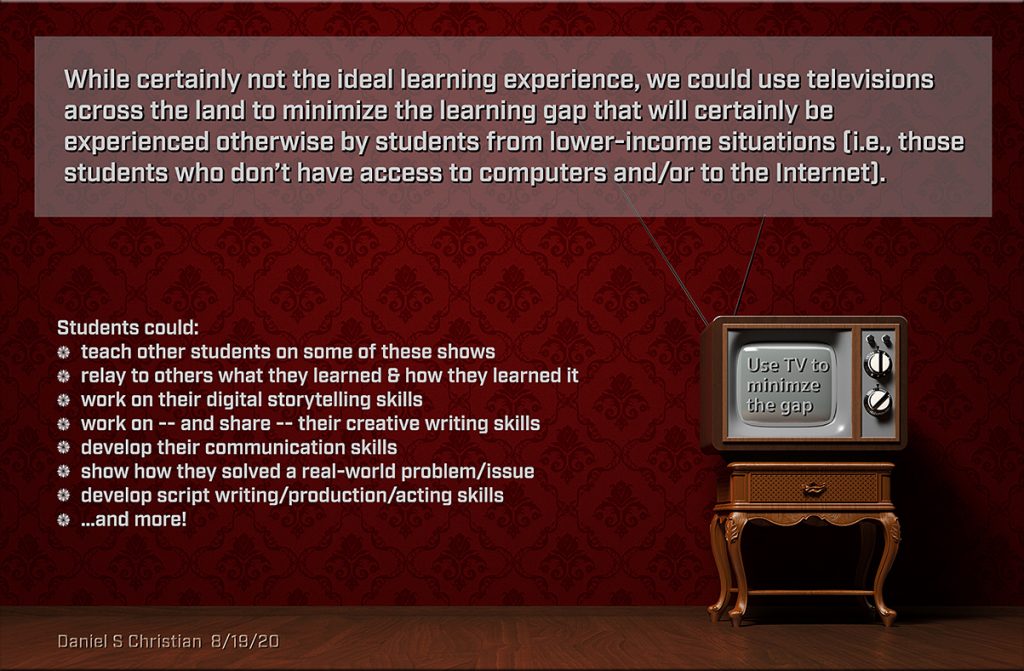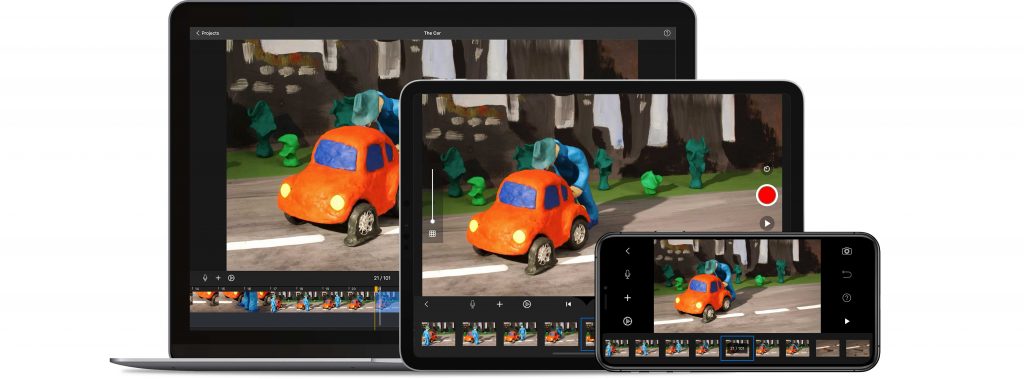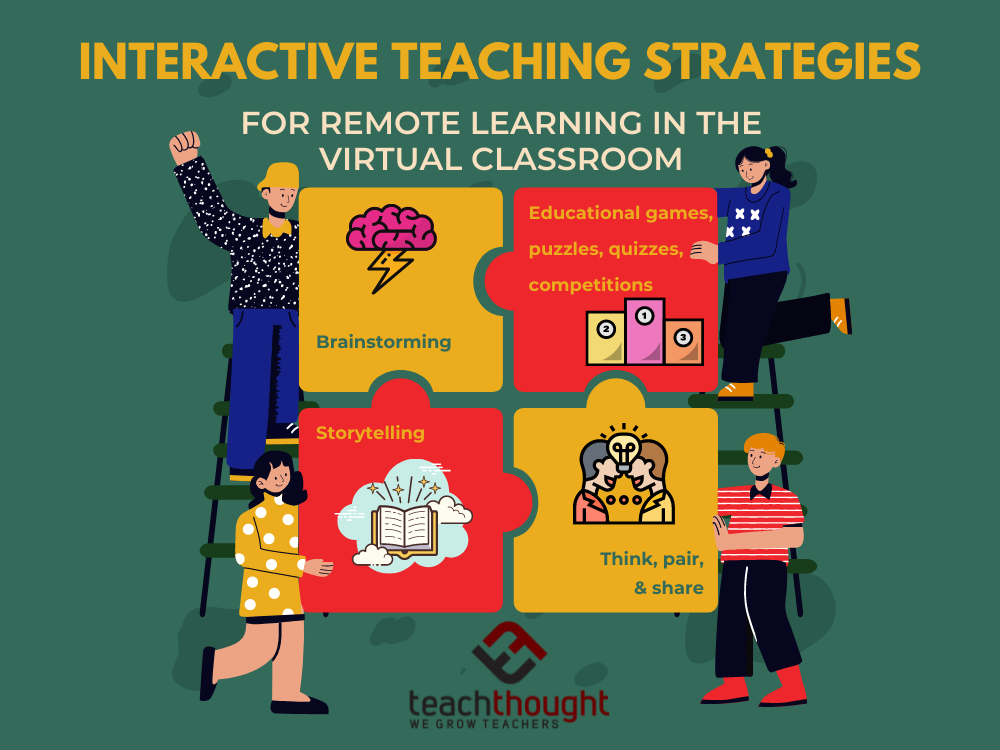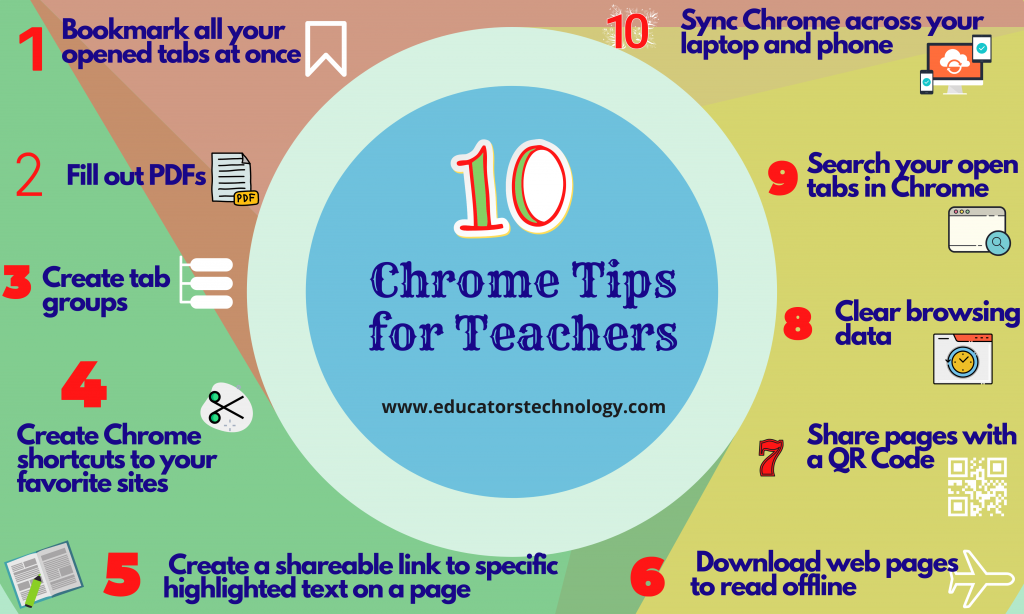Can MasterClass teach you everything? — from newyorker.com by Tad Friend
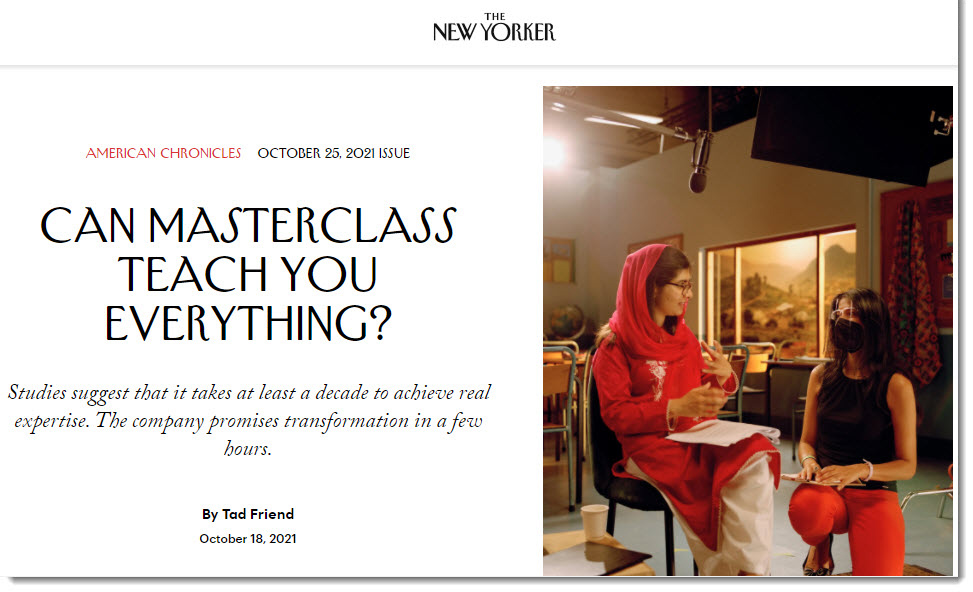
Malala Yousafzai on set. Though the site’s C.E.O., David Rogier, says, “Learning is uncomfortable,” the shoots are lavish. Photograph by Lewis Khan for The New Yorker
Excerpt:
When MasterClass launched, in 2015, it offered three courses: Dustin Hoffman on acting, James Patterson on writing, and Serena Williams on tennis. Today, there are a hundred and thirty, in categories from business to wellness. During the pandemic lockdown, demand was up as much as tenfold from the previous year; last fall, when the site had a back-to-school promotion, selling an annual subscription for a dollar instead of a hundred and eighty dollars, two hundred thousand college students signed up in a day. MasterClass will double in size this year, to six hundred employees, as it launches in the U.K., France, Germany, and Spain. It’s a Silicon Valley investor’s dream, a rolling juggernaut of flywheels and network effects dedicated to helping you, as the instructor Garry Kasparov puts it, “upgrade your software.”









